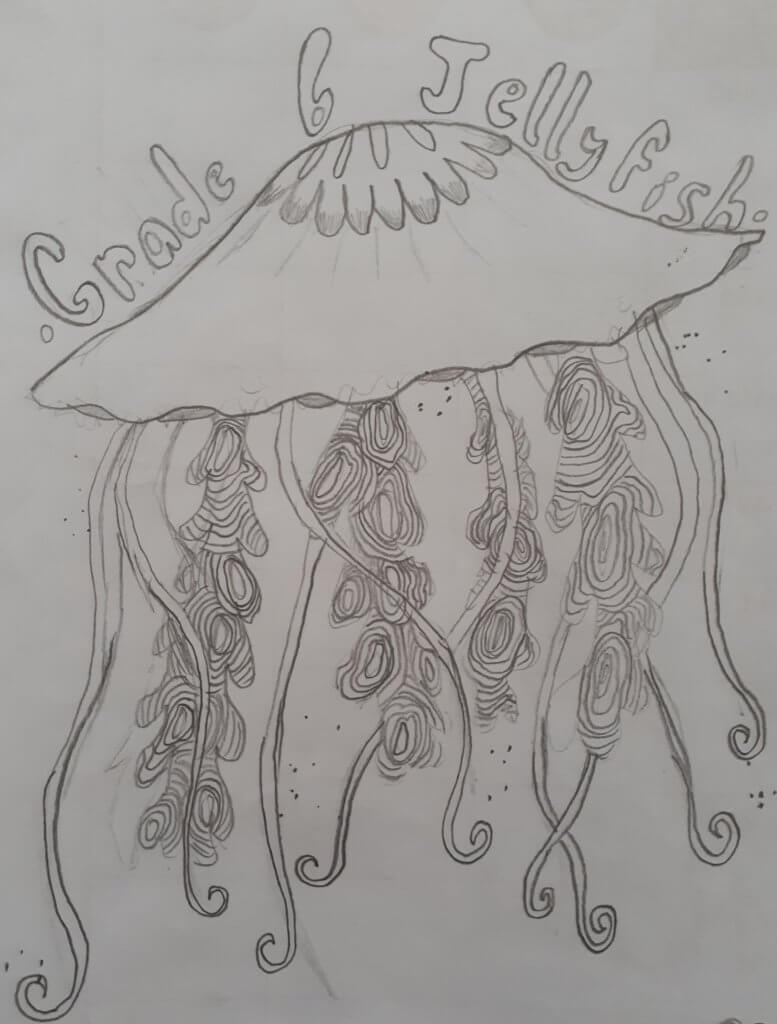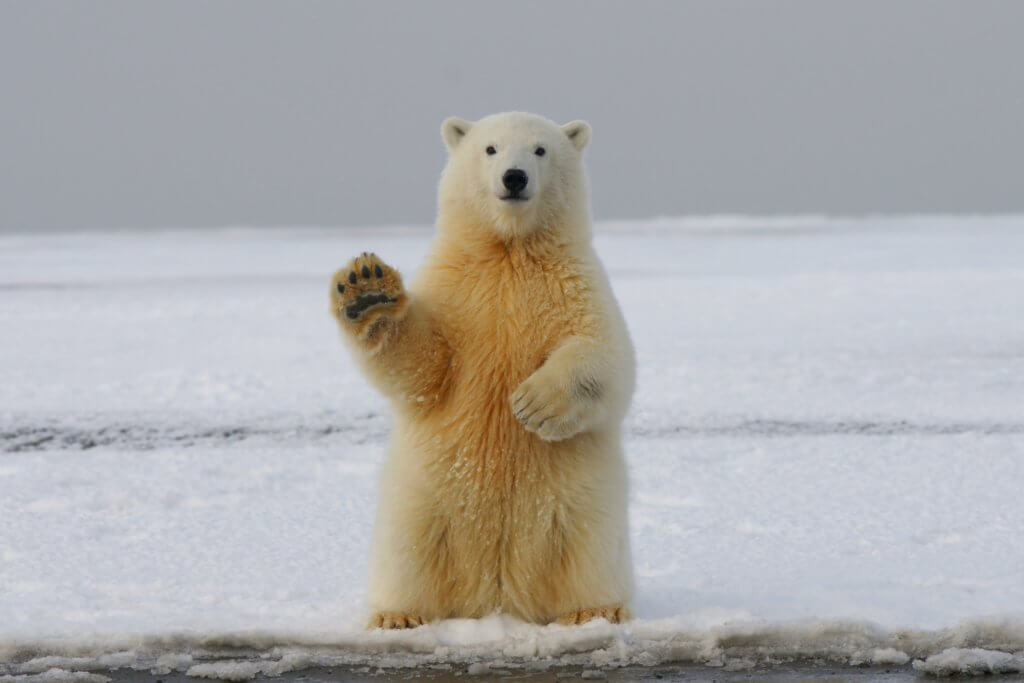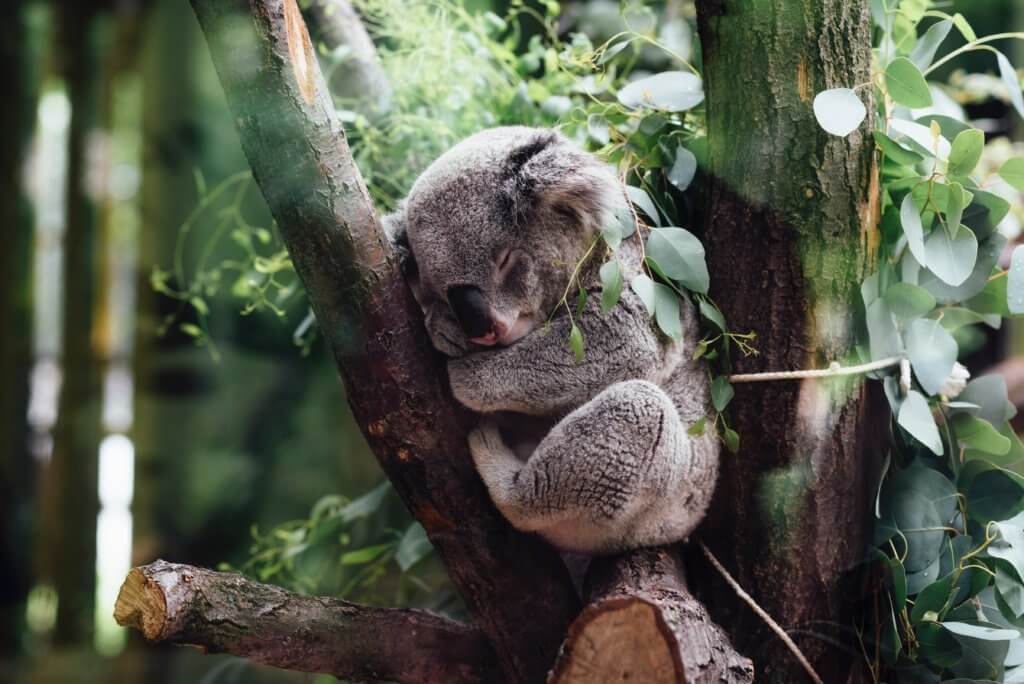Margate Primary Grade 6 Jellyfish

Our Questions
Yes, whilst much more is known about bigger species’ responses to climate change scientists are now also beginning to discover how mushrooms are affected.
Mushrooms are a type of fungus. Fungi (plural of fungus) are a group of living things that also include mould and yeast. Fungi like to eat organic material such as fallen trees and old fruit (think of the kinds of environments you have seen mushrooms growing. Fungi can't move on their own so they reproduce by spreading their spores. Many types of mushrooms and other fungi also spread their spores by producing fruiting bodies during autumn. The “fruiting body” is actually the mushroom that you and I can see.
Climate change is now affecting when and for how long these fruiting bodies are produced. Scientists don’t understand everything yet – but they are learning that climate change is making some mushrooms produce their fruiting bodies either earlier or later than normal. Scientists also don’t know what this might mean for ecosystems, but it is likely that there will be changes in how some animals and birds and insects can feed on mushrooms as their growth timing changes.
Fungi may also play a big role in helping to reduce climate change! Some fungi live in symbiosis with trees. Symbiosis means that a tree and fungus have a close relationship to each other and may provide each other with benefits such as food or habitat. We all know trees can help sequester carbon dioxide from the atmosphere – but some species of fungi are help trees to absorb CO2 even faster.

- Mycorrhizal fungus (Wikimedia commons)
A biome is typically a large ecosystem that shares common environmental characteristics that help differentiate them from other ecosystems/biomes. An example is the temperate rainforests of Tasmania, which are a distinct biome compared to tropical rainforests found in Queensland.
Almost all biomes are vulnerable to climate change. The nature and extent of this vulnerability changes across biomes, and also across different parts of world that have varying levels of other human induced threats. Some of these other threats include things like land clearing, introduced species and altered fire management practices. These threats can act cumulatively along with a changing climate to increase the vulnerability of that biome over and above what can be attributable to climate change. For example, climate change increases the vulnerability of temperate rainforests of Tasmania to fire, but this vulnerability can be further increased with certain forms of land use changes, such as with forestry and changed fire regimes.
My work is focussed on the wetlands biome, which is also highly vulnerable to climate change combined with other human impacts. In one recent example in Moulting Lagoon on the east coast of Tasmania, a large extent of wetland plants died due most likely to unusually high rainfall in 2022, the highest record of total rainfall for the last 62 years. Similar losses due to such ‘freak weather’ events are being reported from biomes across the world, further highlighting the need to take more urgent and stronger action on climate change.
This is a great question, but one that science can’t fully answer yet. There are several ingredients necessary for fire, which means it is often difficult to say that a particular fire was caused only by climate change. For bushfires to occur, there needs to be:
- fuel to burn, which is typically leaf litter and twigs, grasses, shrubs and trees;
- the fuel needs to be dry enough to catch on fire;
- an ignition source, such as a camp fire that somebody failed to put out, lightning, or a downed powerline, and
- fire weather: typically hot, dry, windy weather that causes a fire to spread quickly.
Because all these ingredients are required for a bushfire, it is difficult to say how many fires are specifically caused by climate change. We do know, however, that climate change is affecting each of these ingredients. Climate change is leading to changes in plant growth (fuel) and causing fuels to dry out more quickly because the air is hotter and drier. Climate change seems be leading to more ignitions from dry lightning (lightning that occurs when it is not raining). Climate change is certainly causing more dangerous fire weather (hot, windy weather) and fire seasons that start earlier in the year and finish later.
So, although science cannot yet say how many fires are caused by climate change, we can be confident that climate change is leading to more large forest fires around the world.
This is an interesting combination of questions. So, let’s start with ocean pollution. There are mainly five types of ocean pollution: increasing acidity of the ocean, addition of plastic waste, increasing concentration of chemicals, noise due to human activities and addition of toxic products. Each of these contributes in varying amounts to ocean pollution and threatens the marine environment and life. As of today, researchers have declared around 500 marine locations as dead zones (where marine life cannot survive) that covers approximately three and half times the area of Tasmania (245 thousand km2). We can reduce this by recycling day-to-day materials, reducing usage of plastic stuff, avoiding putting stuff that is not recommended to dump in our toilets, volunteering for beach cleaning activity etc. You can also learn other cool facts about the ocean pollution on this website.
In the case of sea level rise, I am delighted to inform you that Tassie is safer than other parts of the world. In 2016, CSIRO said to the Tasmanian Department of Premier and Cabinet in their report that if will not do anything to reduce our carbon dioxide emissions then Tassie is expected to experience on average rise of 0.3 meters by 2050 and 0.8 meters by the end of this century compared to what it was in 2010. In this case, some parts of Tassie such as Hobart, Launceston, Devonport, Burnie, Kingston, Bicheno, St Helens and Bruny Island are likely to experience reduction in their livable size. It is important to know that sea level change is a complicated process to understand. And its impact on our life depends on factors such as how often an area experiences an increase in local water level because of heavy rain, or tide or storms etc., for example. I hope this answers your questions.
Climate change is an ongoing issue that is impacting all species across the planet. With warmer weather both on land and in the water, many different animals are becoming stressed in their environments or even losing their homes. I am from Canada, and one species that we worry about coming extinct is the beautiful polar bear (Ursus Maritimus). They live way up north in the arctic, and they are facing a very uncertain future as warmer temperatures are significantly impacting their icy habitat. As the summers get longer and warmer, the sea ice is melting quickly and not re-forming fast enough to allow the bears to have access to hunt seals. This is causing lots of bears to go hungry, which is a direct result of the warm temperatures from the effects of climate change.

A little bit closer to your home, another species that is impacted by the changing climate is the koala (Phascolarctos Cinereus). These cute, fluffy animals have a special diet of eucalyptus leaves but as carbon dioxide levels rise, the nutritional value of the leaves is decreasing, leaving the koalas malnourished and starving. Furthermore, we are seeing increased droughts and bushfires due to climate change, which will also have severe impacts on the koalas and their environment.

The good news is that some species might have the ability to adapt to climate change, but the real problem is how fast these changes are happening. While all animals will do their best to survive by moving to new locations or finding ways to try to control how their bodies react, not all of them can do it fast enough to keep up. However, one animal that has done an awesome job of dealing with our changing climate is the lungfish! As droughts become more frequent, lots of animals must learn to cope with water shortages. This animal lives in marshes and reservoirs and if the habitats dry up, the lungfish can actually make its bladder function as a lung! For a fish, this is super cool that they have adapted to be able to breathe air during the increasingly-long dry season.

Every species is being impacted by climate change in their own way and what we hope is that they will be able to find a way to survive, and thrive, under these circumstances. However, it is inevitable that some will not. The best thing that we can do is to try to minimize our impacts as humans to reduce the effects of climate change which will hopefully help all these amazing animals around the world!
Wow, that really is the million-dollar question, but an important one to ask! I think the most effective strategy is being engaged in whatever way you can. Climate change is a human made problem - the solutions to climate change will also have to come from us. So having passionate, curious, enthusiastic and dedicated people engaging in the process, for me, is the most effective strategy.
How you engage in this can be completely up to you! You don’t have to be a mathematician modelling carbon emissions, or an ecologist investigating the impacts of climate change on the Great Barrier Reef 😊 You can have a conversation with your friends and family about climate change and tell them why it is such a big issue and what they, you, and we all can do to take action and make a difference. You can discuss your worries for the future and the changes you would like to see. You can take part in protests about political decisions you disagree with. You can sign and share climate action petitions online. The most important thing is to make your voice heard.
There are lots of things, big and small, we can all do to help address climate change. The important thing to remember is that we should try to do something but not feel guilty if we can’t do everything. We all have different abilities 😊 Check out the Curious Climate Schools website for ideas on ways we can take action on climate.













